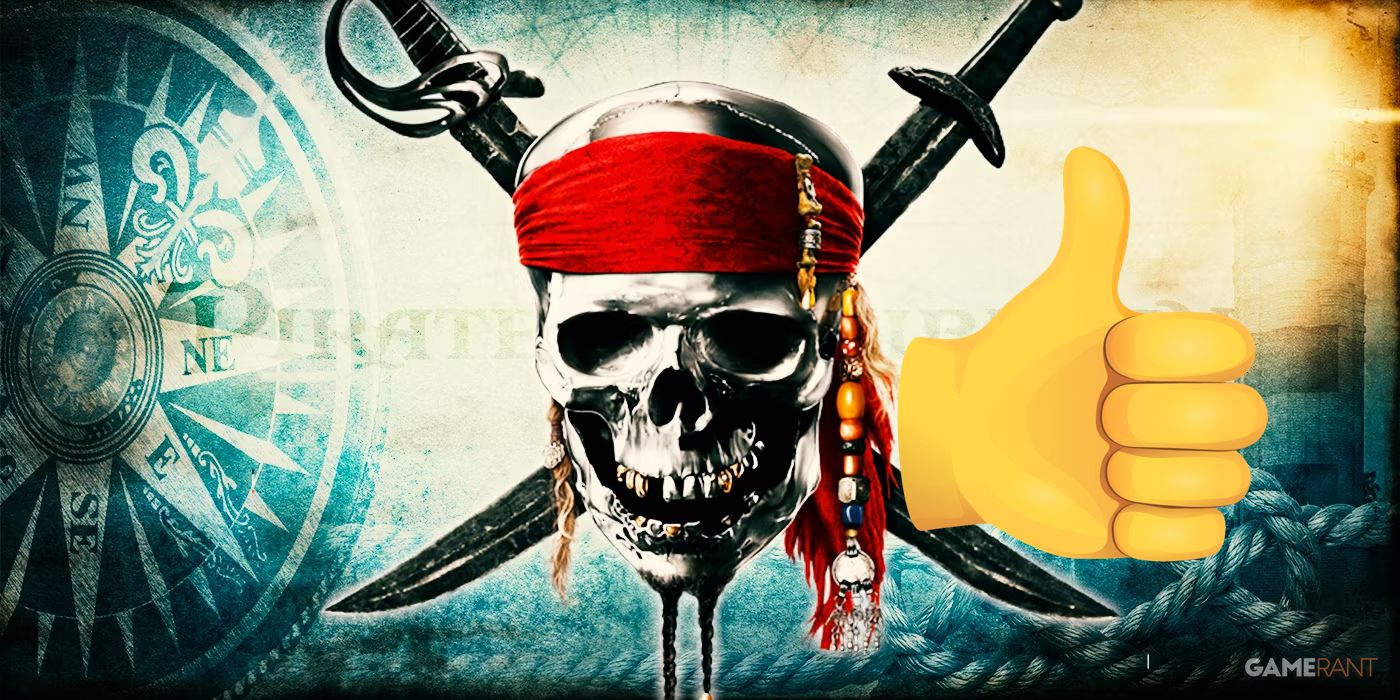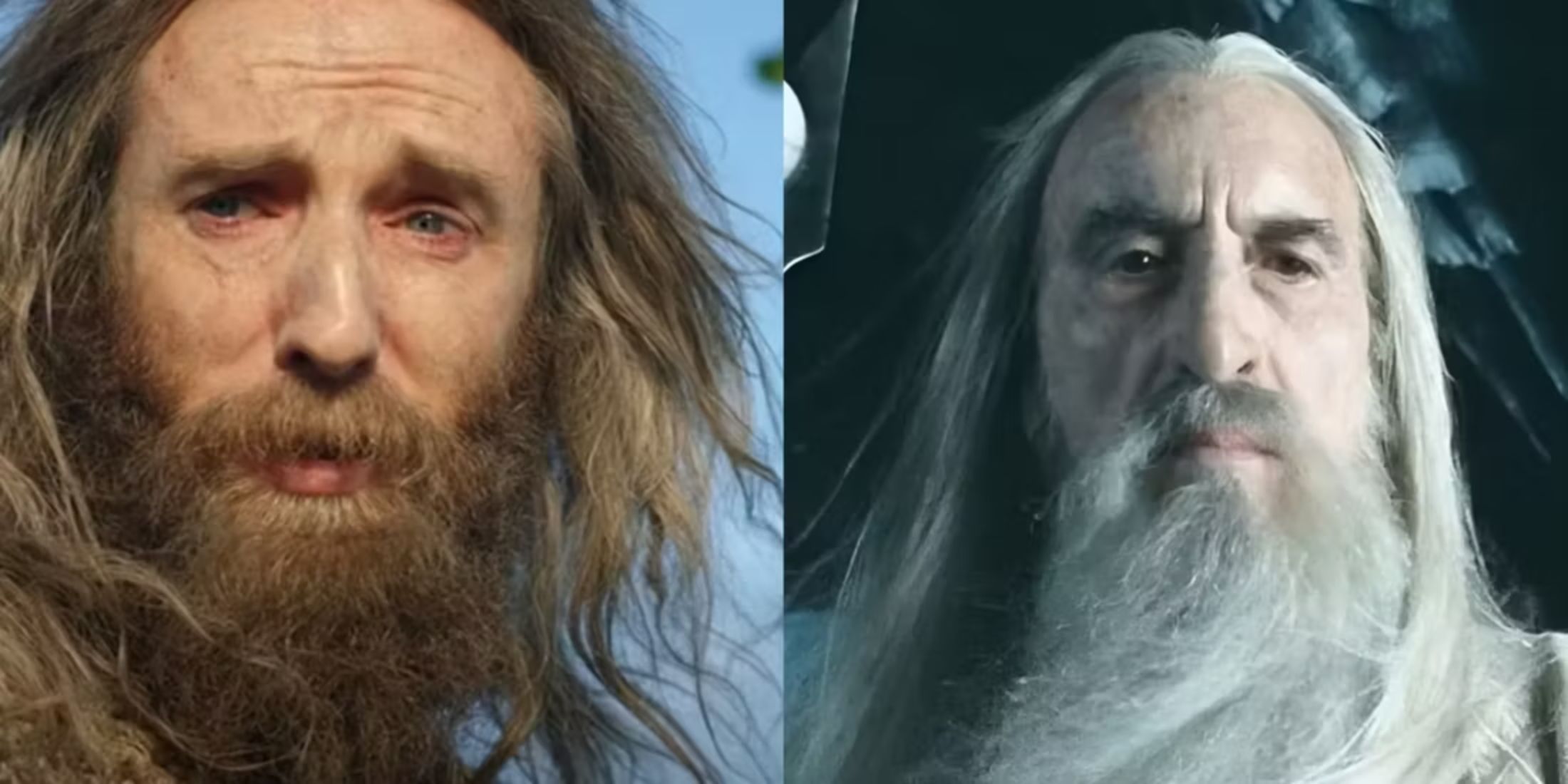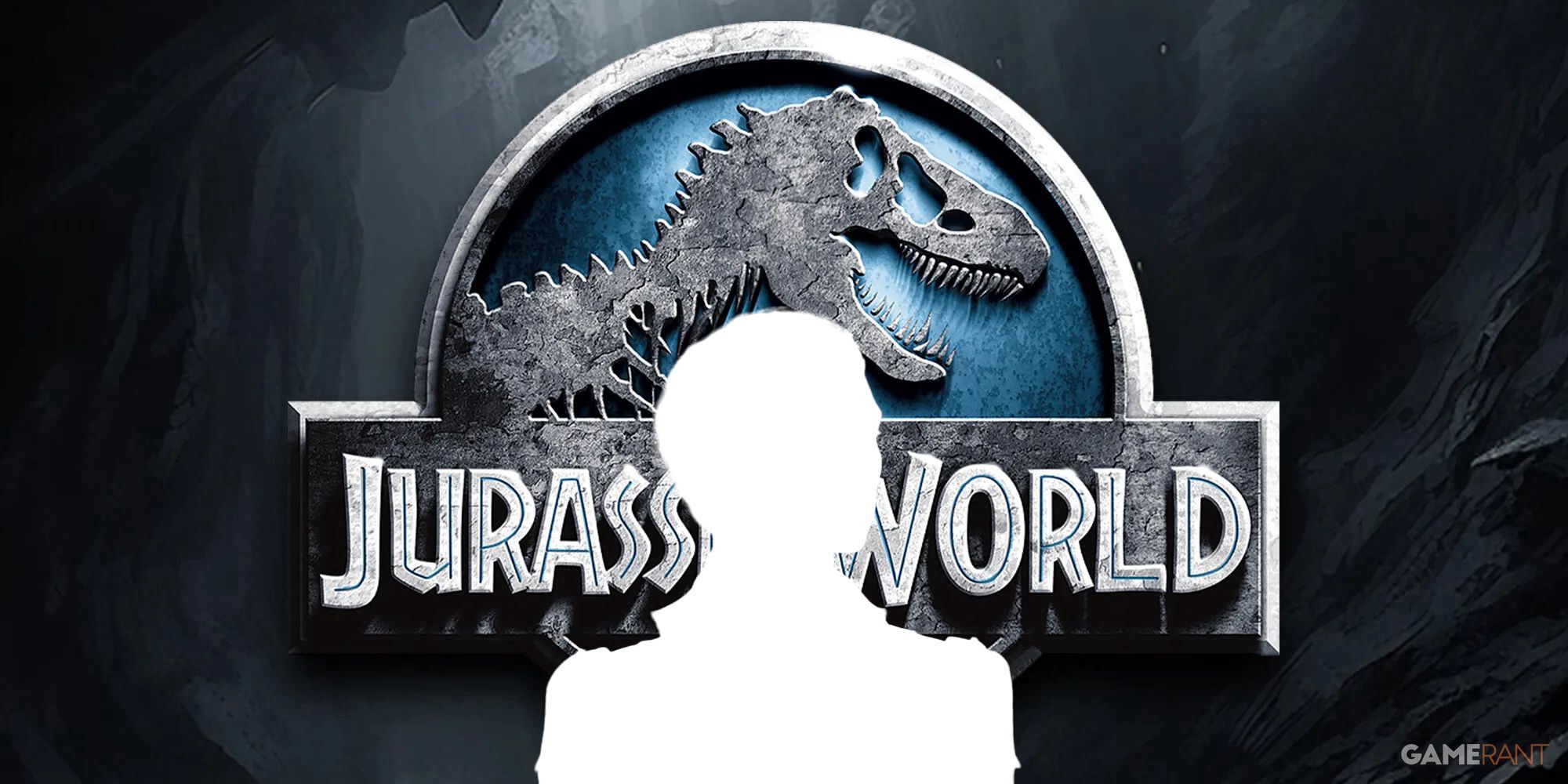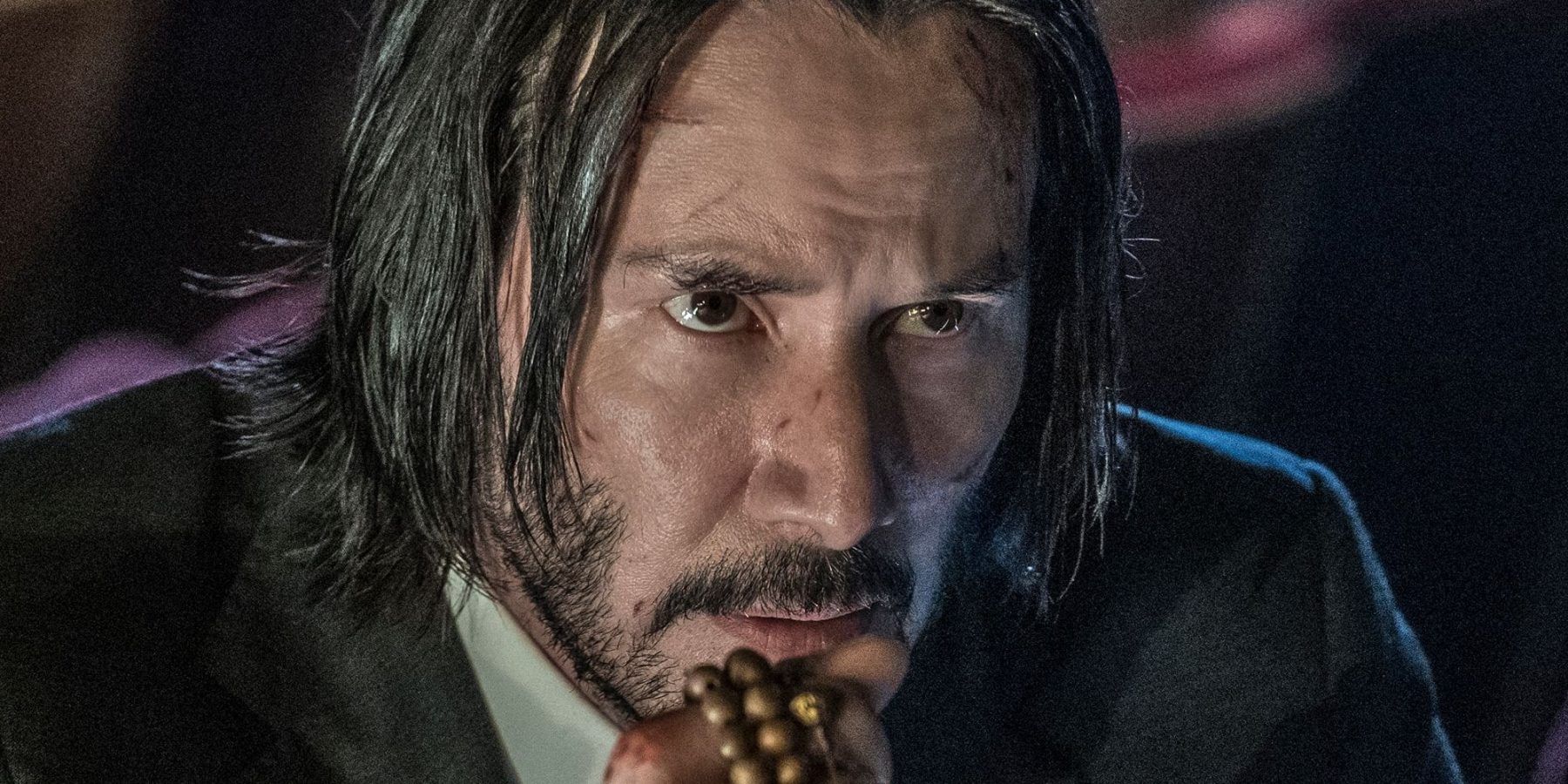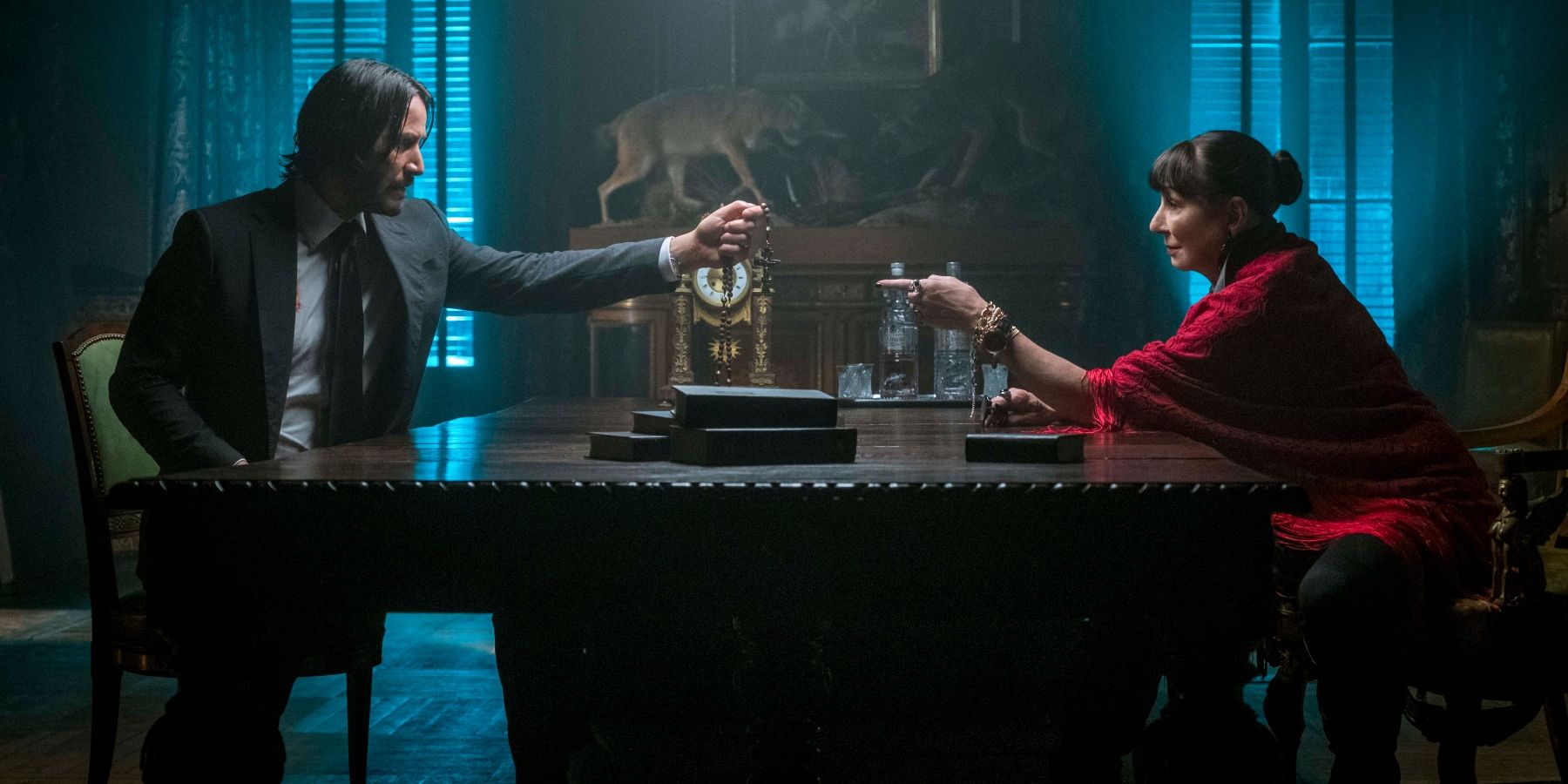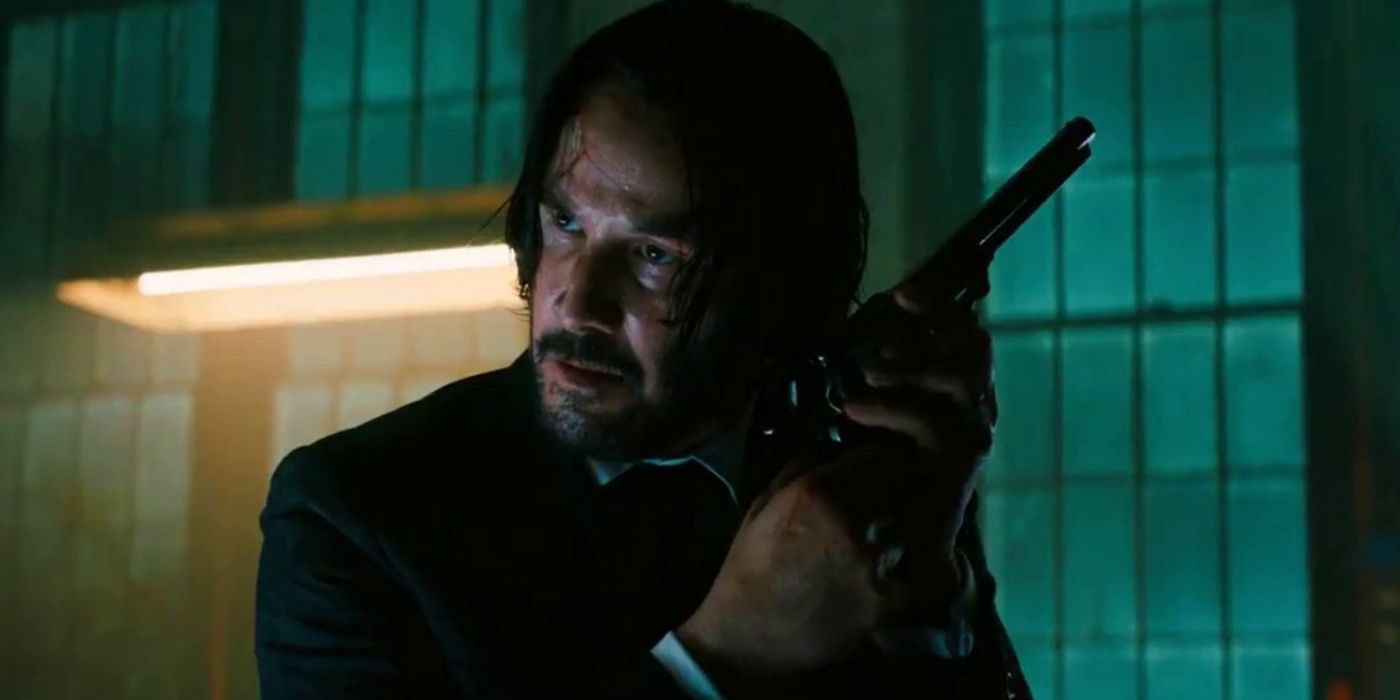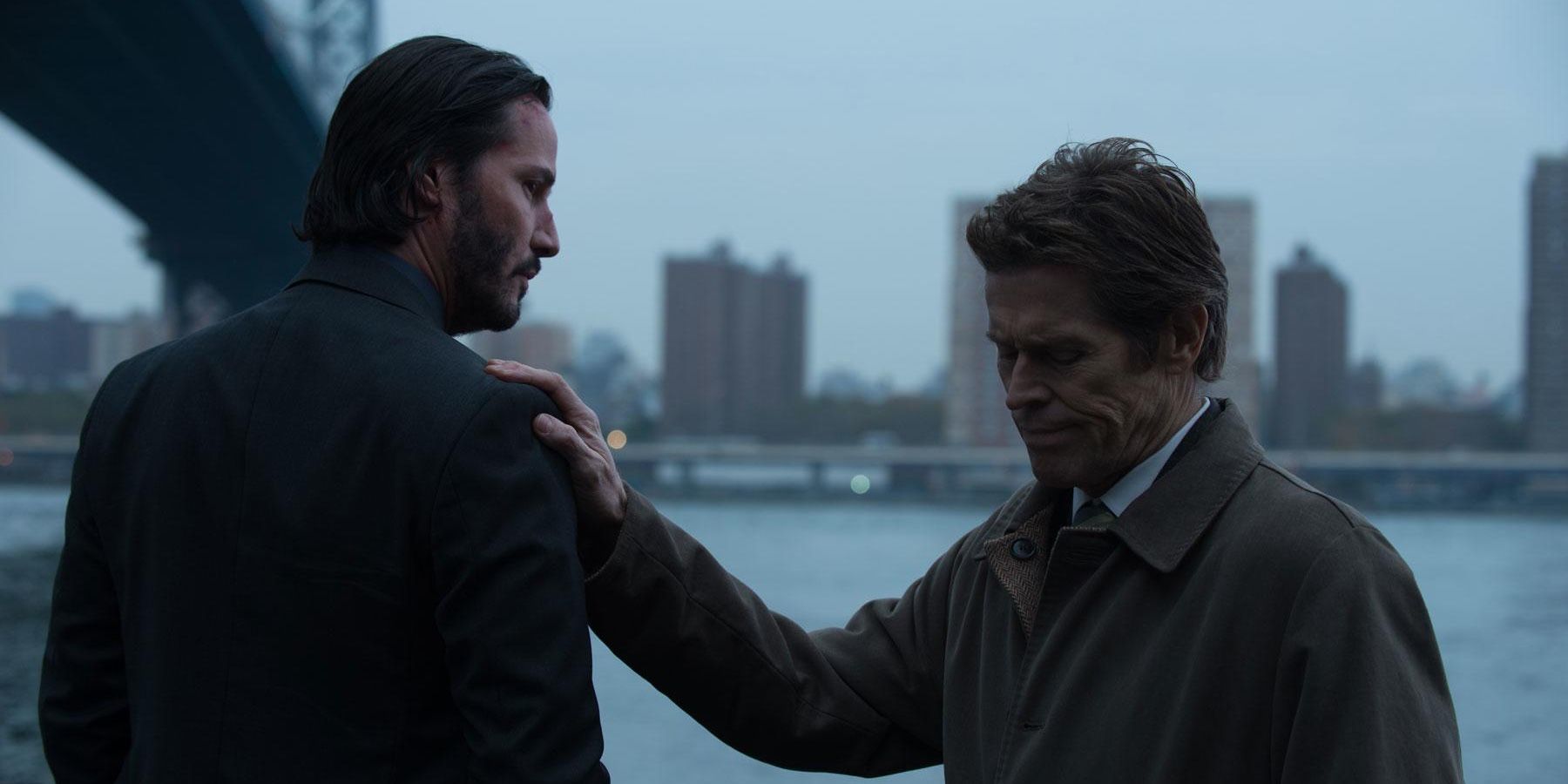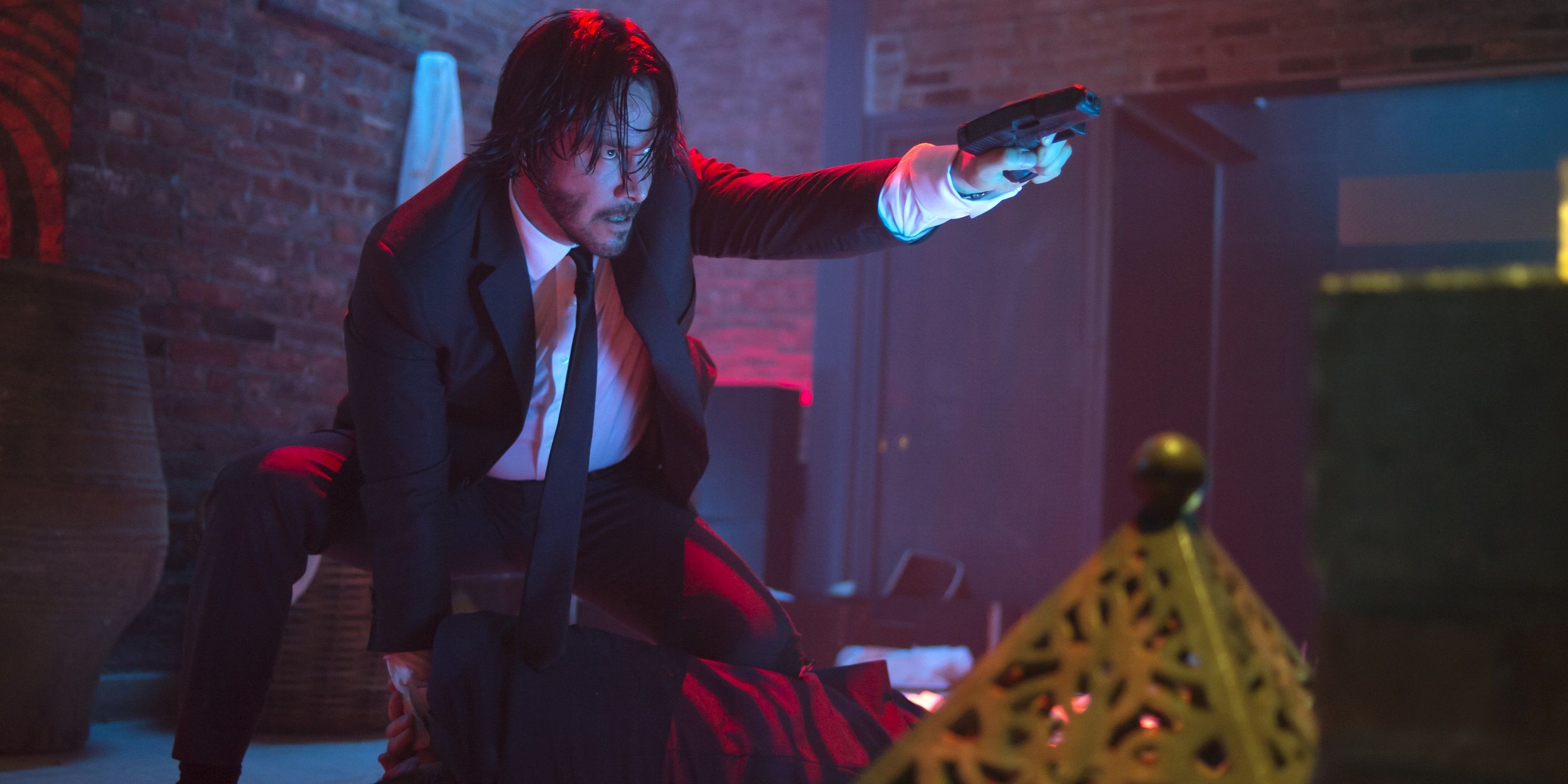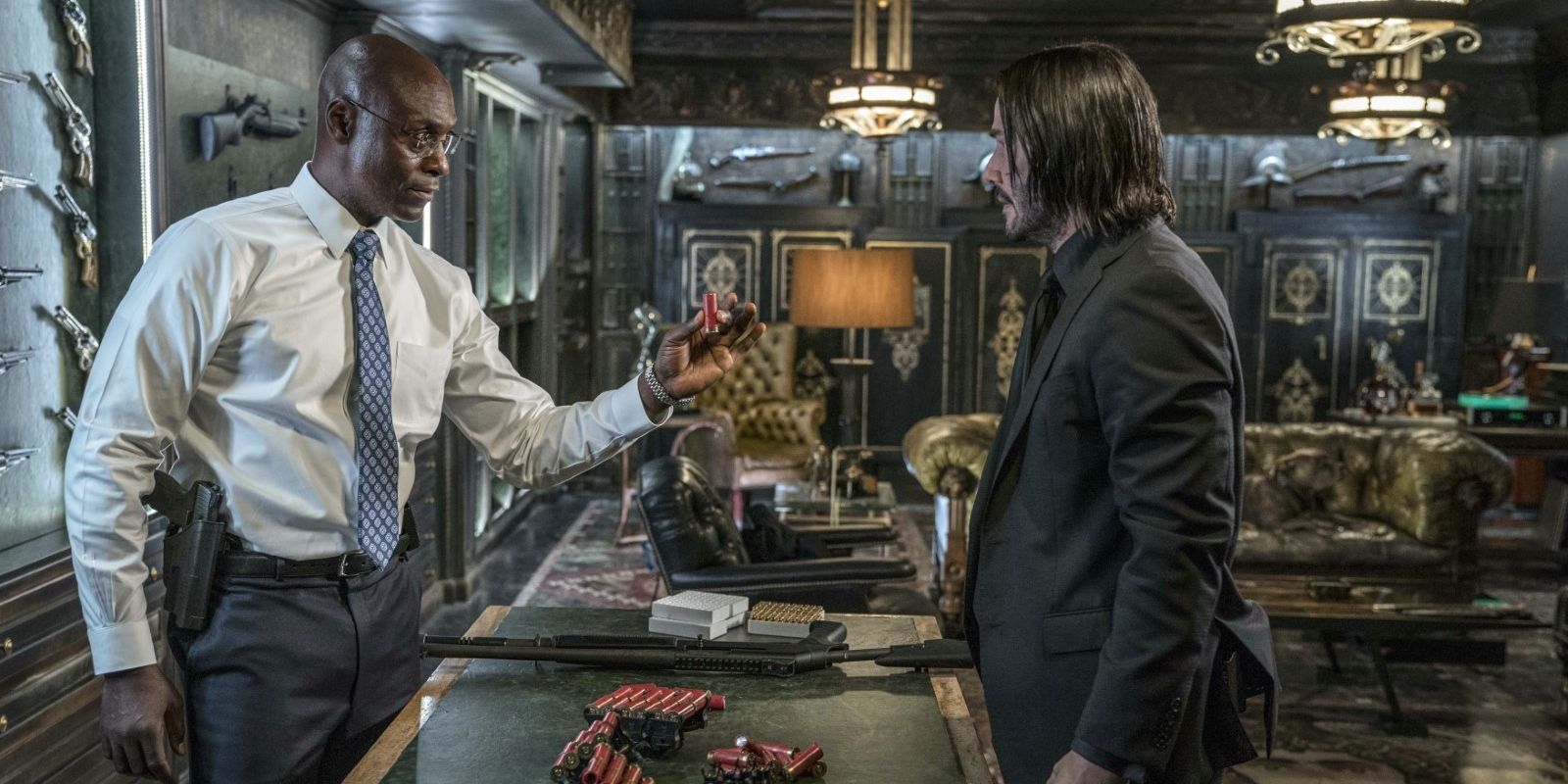Three films in and several on the way, the John Wick franchise is a blockbuster saga that seems to be as unstoppable as its title character. Hollywood has always been a game of follow the leader, but while there have been plenty of imitators, the genre would do well to take inspiration from what made the series great.
John Wick dropped in 2014 and instantly became a landmark moment in action cinema. Both sequels have only raised the scale, stakes and ambition as the filmmakers continue to get bolder. John Wick allowed Keanu Reeves' star to rise even further beyond his already considerable success. Films like Gunpowder Milkshake or Nobody can't escape comparisons to the franchise that popularized its particular style of fast-paced violence. Fans know what to expect from a John Wick movie, and some aspects of the franchise could stand as a lesson to other long-running action series.
Mythology
One of the most impressive feats of the John Wick franchise is the filmmakers' ability to create captivating lore without relying heavily on expository dialogue. Logically consistent, endlessly fascinating, yet briskly explained, the series mythmaking is impeccable. Brief exchanges of dialogue provide the suggestion of deeper meaning in a way that allows the audience to fill in the gaps with imagination.
The way the franchise gradually reveals its massive scale over the course of the trilogy, beginning with a very personal story of vengeance and unfolding into an intricate world of assassins and marks. Concepts like The High Table, The Continental, or The Bowery King are introduced with striking efficiency that leaves the audience engaged and wanting more. Other franchises often get caught up in explaining every detail, Star Wars occasionally makes entire films to fill in tiny plot holes. Any franchise could benefit from building a strong mythology, and John Wick is a perfect example of doing it well.
Pacing
Hand in hand with its tight exposition, the John Wick franchise uses the time it saves to its best effect. Constantly moving from one intricately crafted setpiece to another, the John Wick franchise keeps the audience on the edge of their seats the entire runtime. The brief intermissions between the pulse-pounding action scenes are filled with tense interplay and elegant scene-setting. Each of the films take place over a couple of days, grounding them in an immediate ticking clock.
The tensions stays high, but never becomes overbearing. Other action franchises occasionally waste time or run too long. Clarity of purpose makes John Wick's pace work, it knows what it wants to be and excises as much padding as possible. A ton of other action films could benefit from that kind of decisive filmmaking.
Characters
Aside from the eponymous assassin, the supporting cast and villains make great impressions throughout these films. Very few characters share the screen with Wick for long, only two or three inhabit all three films, but each make a strong impression with limited screen time. The best remembered side characters are probably Ian McShane's Winston and Lance Reddick's Charon, the owner and attendant of The Continental Hotel, both of whom have become increasingly important.
Wick's fellow assassins all have the air of casual former co-workers, the mobsters are satisfyingly evil while still dominated by fear of the Baba Yaga and the High Table functionaries are machine-like business people. The Bowery King, portrayed by Laurence Fishburne, deserves special regards for his intensely likable performance. When the series is named after a single character, it can be tough to build a supporting cast, but Wick shows off how to surround a star with figures who are almost as interesting as he is.
Music
The most memorable scene in the first John Wick is the five minute shootout at the Red Circle Nightclub. Fans can likely recall the scene's soundscape without looking it up, but try to imagine that scene without the dulcet tones of Kaleida's Think. As that song ends, the scene kicks into its next phase, Le Castle Vania's Shots Fired takes over and drives the action.
Wick's moves, his gunshots, his entire physicality is coreographed to the beat with clockwork specificity. Its electric, and the series uses this technique all the time. While so many other action series use generic orchestral soundtracks or overused classic rock needle drops, Tyler Bates and Joel J. Richard imbue the film with a unique energy through sound.
Escalation
From a one-against-one-hundred shootout in a pounding nightclub to a full on tactical firefight between two teams in a blown out Continental, the series understands how to build on its premise. John Wick is always evolving, always developing new elements in its fight scenes and always moving onto the next big moment.
The extended chase scene on horseback in the opening of the third movie would have been absurd in the first, but with all that happened in between, it felt like a very natural build-up. Its this mastery of raising the stakes that keeps the series interesting. The audience never knows how it will go bigger, but they always know that they'll find a way.

